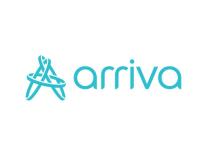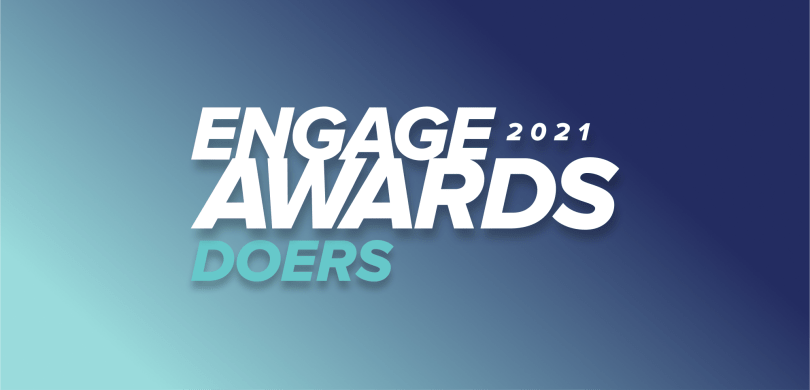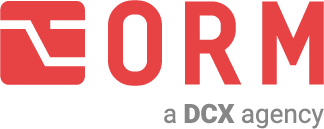total users per month
increase in revenues YoY
The Client
Arriva UK Bus (AUKB) is one of the UK’s largest and best-known transportation brands. It operates 5,900 buses across London, South East and North of England, and the Midlands and Wales. A subsidiary of Arriva, it provides tickets and travel information for using the bus network across the UK.
The Situation
As part of a broader company transformation, Arriva wanted to overhaul its digital experience for customers purchasing bus tickets and searching for travel information. With 90% of bus travel outside London still being purchased by cash, a seamless, enticing, easy-to-use digital experience was essential to drive behavior change and digital channel shift by travelers.
Channel shift would drive many benefits: improved operational efficiency, increased brand engagement and profitability, and better customer insight. By moving from cash to digital purchasing, AUKB would better understand users' traveling habits. This would enable AUKB to be able to cross-sell and upsell travelers better tickets for their journeys. It would also reduce bus queues, improve the driver experience and allow the business to understand how different routes were patronized. For the first time, it would optimize timetables and fleets based on insight and data.
The Challenge
AUKB’s legacy digital estate faced many challenges. Its fragmented suite of journey planning and purchase tools focused on specific discrete tasks, which proved difficult for the business to manage and for travelers to use. Specifically:
- The company had two separate bus mobile apps: one for planning and one for retailing.
- Each regional operating company had its own discrete web experience.
- There were three separate web platforms for retail, planning and marketing content.
- There was little to no correlation between the content on the different sites.
- Any content management actions on the site required significant custom development and manual input.
The digital business was further impacted by the legacy technology running the content and retail platforms, with two different versions of EpiServer in use. The retail platform version had not been upgraded since the original sites were created, and the site also experienced Payment Card Industry (PCI) compliance issues. Finally, none of the digital platforms were scalable, with multi-day outages and problems caused by traffic spikes.
The Solution
AUKB tapped ORM Digital to help lead its transformation. ORM helped AUKB develop its overarching digital strategy and roadmap, creating the commercial business case for change, defining and scoping the digital ecosystem to support it, and then acting as system integrator (SI) to create the integrated digital marketing and retail solution powered by Acquia Cloud Platform and AWS. A complex digital transformation program, ORM managed multiple suppliers and technology/data providers, including Hacon (journey data), Braintree (payments), Zendesk (customer service), Google (mapping) and others.
To deliver the optimal solution, ORM engaged with a wide range of stakeholders from across AUKB business, from commercial, customer experience (CX) and call center leads to regional managers and central and regional marketing. They defined a content model and API architecture focused on giving users a connected experience, enriching the journey planning experience, and providing retail and journey options to users while they browsed marketing content.
With customer experience firmly at the forefront, the teams identified and created five different personas representing different user groups to understand their needs and what would drive channel shift. They also interviewed bus drivers to get their view about the on-bus experience. Ultimately, ORM documented five distinct customer journey maps, which became the blueprint for the new experience.
Armed with prototypes of the new bus website and app, the ORM team traveled to different Arriva bus locations around the UK to test and iterate it with customers. This method of guerilla usability testing allowed ORM’s CX designers to use live customer feedback to change the prototype in real time to refine the user experience. They also worked collaboratively with the Arriva Bus team in London and other locations within the UK to ensure good alignment at the business level.
ORM configured Drupal to serve content through a number of headless APIs, allowing a unique customer experience to be authored within the web application, where digital retail content (tickets, offers, journeys) could be positioned alongside relevant marketing information (routes pages). The headless API was also used to provide content for the native apps, allowing content editors to manage content for multiple client types. This unique approach removed the need for the business to run two separate marketing and retail platforms and created a more seamless customer experience that converted at a higher rate.
Arriva now has a single app and website using a core suite of components that have their content managed from one platform (Drupal), where they can be reused and repurposed across each regional business. A more visual interface using maps with real-time journey data allows easy tracking of buses within their route and quick purchase through a streamlined booking flow.
The Acquia DAM was also deployed to help the central marketing team control assets used. This allowed them to import and migrate thousands of images and files, map them to the appropriate content and manage their use in offline and online campaigns.
The Results
The new platform went live in August 2020 and achieved immediate, tangible results. Revenues were in seven figures, and a 30% channel shift was seen in the first month alone, with user visits totaling over 1 million by the second month. Despite the pandemic, the solution has continued to grow its user base, with total users now over 2.6 million per month as of July 2021 and revenues up 32% year-over-year (allowing for the impact of COVID-19).
The new platform is positioned to be a leading transport retail and marketing platform, lending itself not just to bus but to trains and multi-modal journeys. Arriva intends to determine how this capability, built on Acquia, can be leveraged in other countries across Europe.


